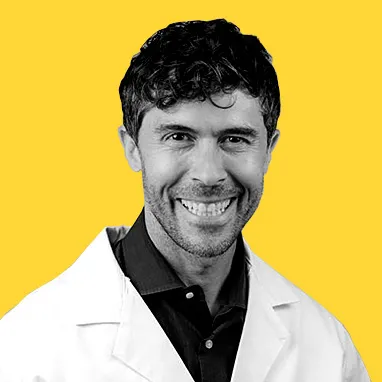Atrial fibrillation happens most often in older adults and in people with other heart problems. But it also affects younger people. Roughly 800,000 Americans under age 40 have atrial fibrillation, also known as AFib. It can even affect teens and children, although less frequently.
AFib can be helped with treatment, but it can also come back.
What Causes AFib in Younger Adults?
AFib often happens along with other heart conditions, like genetic abnormalities, heart failure, cardiomyopathy (weakened heart muscle), and coronary artery disease. Often when a younger person is diagnosed, it is called a “lone” AFib, meaning it isn’t connected to any known conditions. But a recent study suggested that AFib in younger people could be a sign of a more serious, undiagnosed heart condition.
If others in your family have AFib, you are more likely to get it. Other things that might make it more likely include:
- Long amounts of intense exercise. For example, running a marathon, which is more likely done by younger people.
- Other medical conditions. These include high blood pressure, hyperthyroidism, diabetes, kidney disease, endocrine disorder, sleep apnea, obesity, and heart infections like pericarditis.
- Lifestyle issues. AFib has been associated with smoking cigarettes, using stimulants like caffeinated drinks, alcohol binges, and high amounts of stress.
Changing Your Lifestyle for AFib
As a young person with AFib, it’s important to learn about the condition, your treatment options, and challenges you may face in the years to come.
Making healthy lifestyle choices may be more important for younger people with AFib than those diagnosed with the condition later in life because you may be living with the condition for many years to come. You may need to:
- Measure and track your pulse
- Give up smoking
- Eat a healthier diet
- Manage your stress and anger
- Get regular exercise
A 2020 statement from the American Heart Association says lifestyle changes are underrecognized, underused, and understudied in the medical management of AFib.
What Are the Types of AFib?
AFib that happens suddenly and fades away just as quickly, like within a week, is called paroxysmal, meaning a sudden, surprising spasm. This type of AFib may never come back, or at least not for years. But once you’ve had AFib, there is a greater risk that it will return and possibly advance to persistent or permanent AFib.
Persistent AFib is defined as continuing for more than a week. After a year’s duration, it is called long-standing persistent.
Permanent AFib is when normal rhythm in the heart cannot be restored or maintained, even with medical treatments. At some point, you and the doctor may decide together to stop pursuing those treatments because they are clearly not working or because treatments may come with harmful side effects or risks.
Although AFib is not usually a fatal condition, it can lead to other medical complications. The most serious of those is stroke. A diagnosis of AFib means a fivefold increase in the likelihood of a stroke.
The risk of stroke from AFib increases with age, but one researcher suggests that strokes related to AFib can be more harmful than those that are not related. And they can be particularly life-altering in younger patients. That makes it important to quickly speak to a doctor if you think you may be at risk of having AFib.
How Do You Treat AFib?
- Stroke prevention. Doctors may prescribe blood thinners such as beta-blockers, coumadin, or rivaroxaban with the goal of preventing blood clots from forming and entering the bloodstream.
- Control of your heart rate. This means keeping it from beating too fast through the use of drugs such as beta-blockers, ACE inhibitors, calcium antagonists, or blood pressure drugs. You might get a permanent pacemaker device implanted in your chest.
- Control of your heart’s rhythm. This might be achieved from antiarrhythmic drugs, which include sodium blockers, beta-blockers, potassium channel blockers, and calcium channel blockers.
- Medical interventions. If drugs don’t work, the next step in restoring normal heart rhythm may be medical intervention such as surgery.
When a younger person with AFib doesn't have any symptoms, the doctor may recommend letting it go untreated to see how it progresses. This is called watchful waiting.
